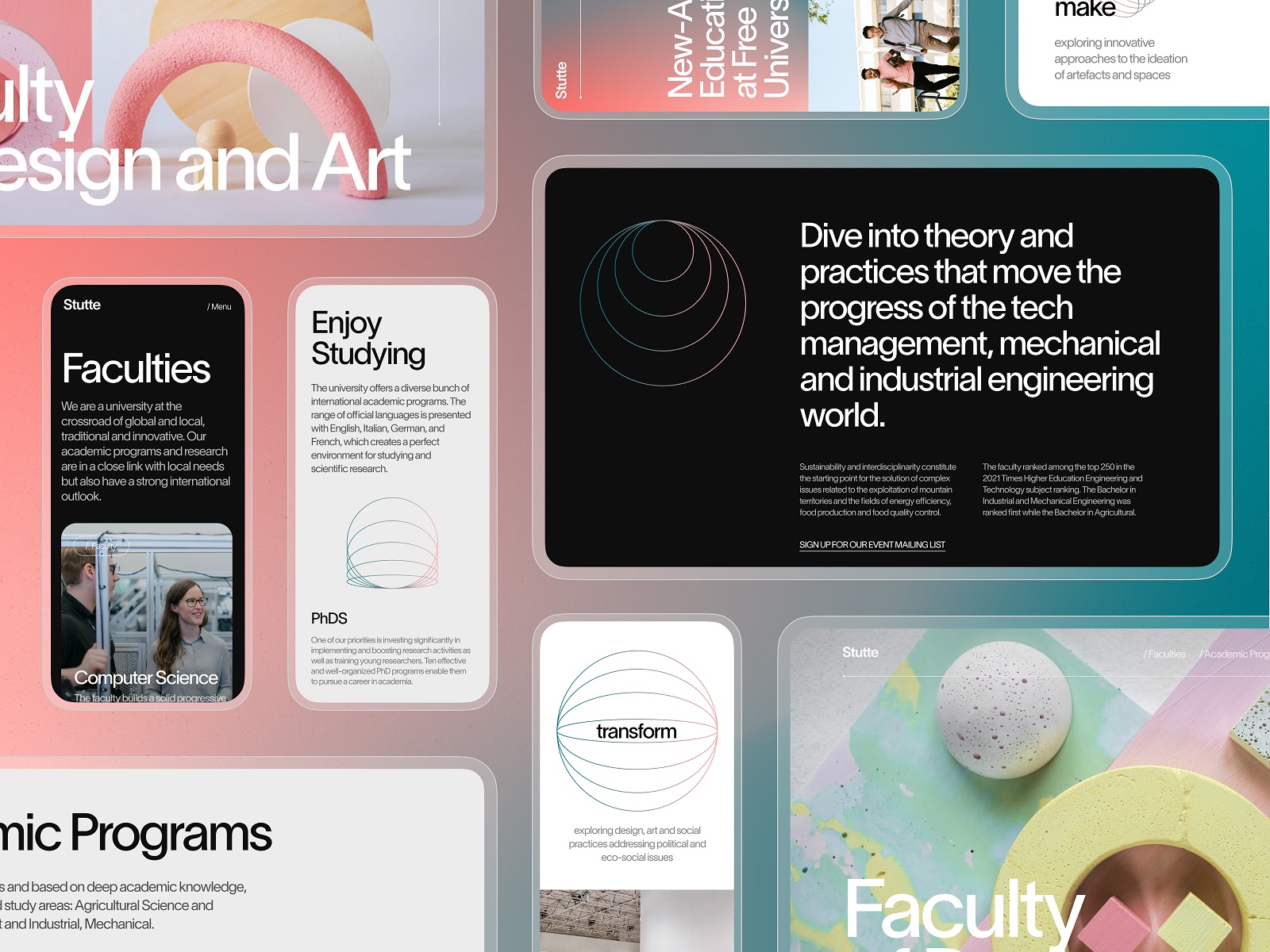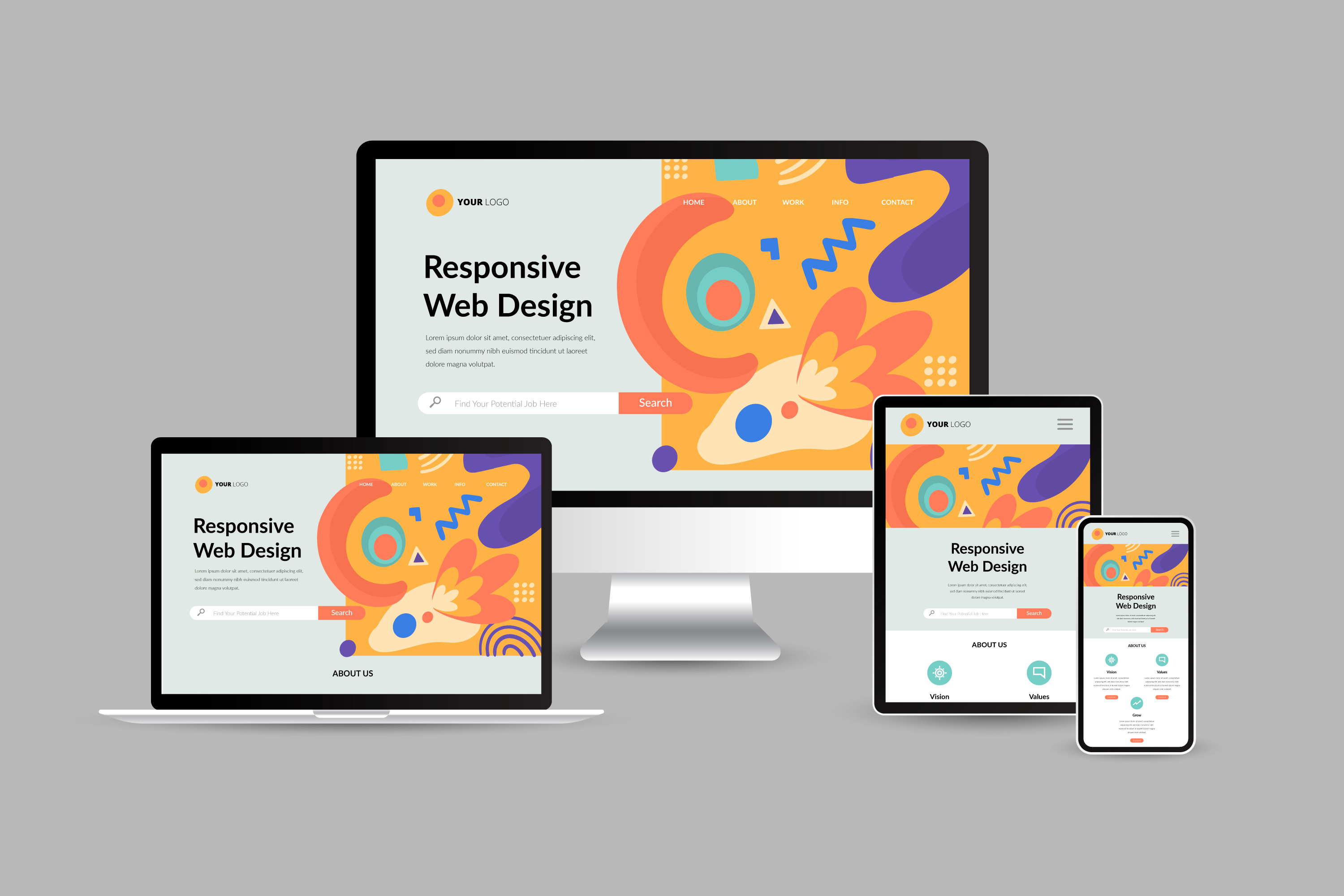Crucial Element That Make an Effective Website Design Stand Out
Crucial Element That Make an Effective Website Design Stand Out
Blog Article
Transform Your Online Visibility: Top Trends in Modern Web Site Style
In the developing digital landscape, contemporary web site design fads play a critical role in shaping exactly how customers interact with online content. Minimal design visual appeals, the rise of dark setting, and a mobile-first method are simply a few elements that can dramatically enhance individual experience.
Minimalist Layout Aesthetics
Minimalist layout appearances have actually gotten substantial grip in contemporary website development, as designers seek to create straightforward experiences that focus on functionality. This design approach stresses simpleness, stripping away unneeded elements to concentrate on vital content. By minimizing distractions, internet sites can improve customer involvement and help with much easier navigating.
The characteristic of minimal style consists of the reliable use whitespace, which provides a tidy and organized design. This technique not just improves readability however additionally highlights essential details and contacts us to action. Shade schemes in minimalist layouts often include neutral tones, permitting striking contrasts that guide the user's interest to important attributes.
Typography also plays an important duty in minimalist aesthetic appeals. Designers usually go with clear and clear typefaces that complement the total design without overwhelming customers. Furthermore, functionality is focused on via receptive design, making sure that minimalist layouts do well across various gadgets.
Eventually, the minimal style approach cultivates an instinctive customer experience, making it less complicated for visitors to connect with material. As services increasingly acknowledge the value of efficient online presence, minimal layout remains to be a fundamental pattern in modern-day site advancement.

Dark Mode Popularity
As web developers focus on customer experience, dark setting has arised as a popular attribute that boosts visual comfort and lowers eye pressure, especially in low-light atmospheres. This layout trend permits users to change the user interface colors from light to dark, offering a more soothing experience for prolonged usage.
The increase of dark mode can be credited to its capability to enhance readability and emphasis. By lowering glow, it decreases disturbances and aids users to engage more deeply with material. Furthermore, numerous customers locate that dark motifs create a streamlined, contemporary aesthetic, attracting both personal choice and branding techniques.
Significant platforms, consisting of social media sites and software program applications, have embraced dark setting, indicating its widespread approval. In addition, research recommends that dark setting can add to battery preservation on OLED displays, making it a sensible selection for mobile customers.
As dark setting remains to get traction, web designers should consider its implementation in their projects. Offering individuals with the option to toggle in between dark and light settings not only improves accessibility yet likewise shows a commitment to user-centric style, inevitably bring about improved satisfaction and involvement.
Mobile-First Strategy
Embracing a mobile-first method has ended up being vital in contemporary website design, showing the expanding reliance on mobile devices for net access. website design. With over half of global internet traffic stemming from tablets and mobile phones, designers should prioritize mobile customers to improve interaction and access
A mobile-first approach involves designing a web site for smaller displays prior to adjusting it for larger display screens. This strategy promotes simpleness, guaranteeing that essential material is focused on and easily navigable. By focusing on mobile design initially, developers are motivated to streamline functions and get rid of unneeded elements that may mess the user experience.
Additionally, a mobile-first state of mind fosters enhanced efficiency. Web sites optimized for smart phones usually load faster, as they require much less information and data transfer. This not only improves user contentment however likewise favorably influences internet search engine rankings, as site rate is an important factor in search engine optimization.
Additionally, a mobile-first strategy aligns with receptive design concepts, making sure that web sites function flawlessly throughout various gadgets and display dimensions. By adopting this technique, businesses can properly reach their audience, preserve individual interest, and eventually drive conversions in a progressively mobile-centric electronic landscape.
Interactive and Immersive Aspects
The shift towards mobile-first design naturally brings about a higher focus on immersive and interactive aspects, which improve user involvement and produce remarkable experiences. Websites are no more fixed pages; they are vibrant platforms that invite users to check out and engage. This fad incorporates a variety of attributes, such as computer animations, video backgrounds, and interactive infographics, all focused web on catching focus and communicating details in an engaging manner.
One significant facet of interactive design is using gamification, which incorporates game-like components into websites to motivate user involvement. This can take the type of rewards, challenges, or quizzes, promoting a deeper link with the material. Additionally, integrating enhanced or digital reality can elevate the individual experience, allowing site visitors to involve themselves in a brand name's story or item offering.
Moreover, receptive design plays a vital duty in making sure these aspects work effortlessly across tools. By focusing on interactive features, brands can produce intuitive navigation and customized experiences customized to customer preferences. Inevitably, welcoming immersive and interactive components not only improves the aesthetic allure of a site however likewise drives customer retention and conversion, making it a critical pattern in modern web site layout.
Sustainability in Web Style

Additionally, using sustainable hosting solutions, such as web servers powered by renewable energy, can better minimize environmental effect (website design). Designers must likewise consider availability in their jobs, ensuring that internet sites are usable throughout different tools and platforms, thereby prolonging their reach and decreasing the need for multiple iterations or redesigns
One more secret element is utilizing sustainable web style frameworks and coding practices that promote efficiency. This includes tidy coding, which decreases the amount of information moved, and taking on Material Delivery Networks (CDNs) to optimize resource circulation.
Ultimately, embracing sustainability in website design is not just an ethical choice; it is a tactical advantage that reverberates with environmentally conscious customers, promoting brand loyalty while contributing positively to the world.
Verdict
Embracing modern fads in web site style is essential for enhancing online presence. Minimal visual appeals, dark mode, and a mobile-first strategy add to boosted user experience and engagement. Moreover, the assimilation of interactive aspects fosters deeper links with users, while sustainable More about the author layout practices line up with expanding ecological issues. By adopting these approaches, web sites can achieve higher functionality and appeal, inevitably positioning themselves properly within the affordable digital landscape. The future of website design depends on these transformative practices.
In check that the advancing electronic landscape, contemporary internet site style trends play a crucial duty in forming exactly how individuals engage with online web content. Minimalist layout aesthetic appeals, the rise of dark setting, and a mobile-first technique are just a couple of aspects that can considerably improve individual experience.The change towards mobile-first style naturally leads to a greater emphasis on immersive and interactive aspects, which improve user interaction and produce remarkable experiences.One significant facet of interactive style is the use of gamification, which incorporates game-like elements into sites to inspire individual engagement. Ultimately, accepting immersive and interactive elements not just enhances the visual appeal of a website but also drives individual retention and conversion, making it an essential pattern in modern-day web site design.
Report this page